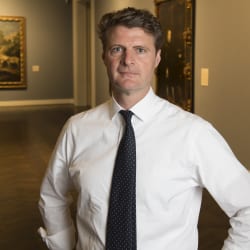Adam Herring

Adam Herring
Competition: US & Canada
The art of Andean South America’s Inca empire is not hard and statuesque, but more often fleecy and lank. It is off-scale, by turns gargantuan or incongruously miniature. It is made of odd minerals, debased metals, or unstable organic materials. It is indifferent to images (very few), to written communication (no writing at all), to individual artistic prowess (in favor of repetitive, anonymous technique), to male genius (in favor of the collaborative work of women). Inca art seems neither to encode aesthetic self-awareness nor to offer us any prospect of mind-to-mind exchange with its makers. “Deficient in imagination” wrote archaeologist Alfred Kroeber of Inca art in 1951; “psychologically intolerable” wrote art historian George Kubler a year later. Such responses close their eyes to the formal and contextual specificity of Inca art, and so forego any ambitions toward an anthropological and historical comprehension of Inca aesthetic experience.
My research considers the environmental politics of the Inca state, and the particular forms of aesthetic agency those struggles helped produce. I hope to reconnect Inca artworks with the cultural dynamics of their own era, to compel alternative ways of seeing, and disclose other means of knowing the world. The Inca aesthetic tradition emerges from this discussion both more strange to our eyes, and less.